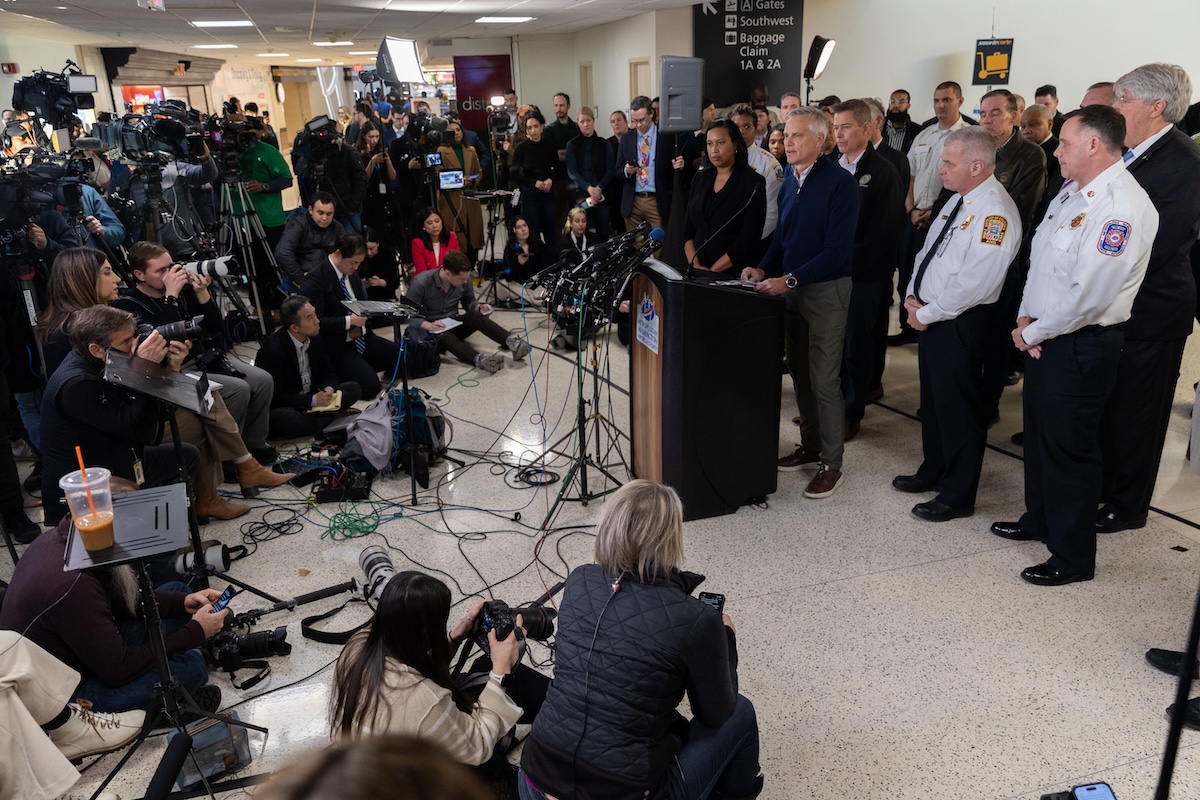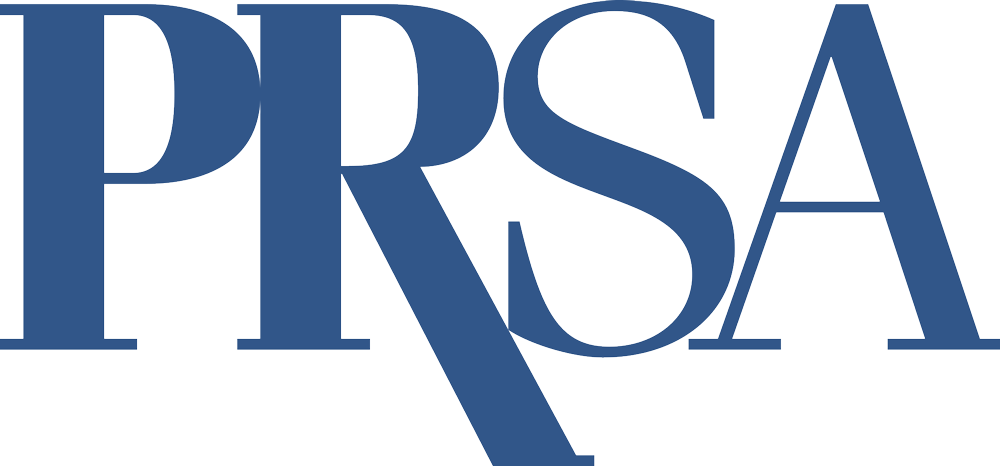The Power of Communication in Uncertain Times
By Katie Neal
April 2025
Think about the best leader you’ve ever had the pleasure of working with. What specific qualities did they have? What was it about their leadership that made it so great? How did their words or actions inspire you? What lessons can be learned? Did you learn from them?
Chances are, the person you’re thinking of likely embodied some combination of the four qualities Gallup research found that people worldwide want most from their leaders — hope, trust, compassion and stability.
As a certified executive coach and longtime PR professional, my key takeaway was the critical role of communication in helping leaders embody these qualities. After all, none of us is born with them, but we can all develop them with a growth mindset and practice.
As PR practitioners, it’s our responsibility to ensure that we — as well as the leaders we may support — are meeting the needs of our teams, and that starts with clear communication.
Leaders who communicate with transparency build trust.
Former American Express CEO Ken Chenault famously said, “Leadership reputations are made or lost during times of crisis.” When American Eagle Flight 5342 crashed at Reagan National Airport in Washington, D.C., on Jan. 29, American Airlines CEO Robert Isom — and the company’s communications team supporting him — demonstrated the importance of transparency and speed in responding to the worst U.S. air disaster in nearly 25 years.
About an hour after the deadly collision with an Army helicopter occurred, American Airlines issued a clear statement straight out of its crisis communications plan. But getting their CEO on camera to release a heartfelt and transparent video message just two hours after the incident occurred — and around 11 p.m., quickly by any industry’s standards — showed the company’s commitment to being transparent, expressing sympathy and showing concern in a tragic and dynamic situation.
As I watched Isom speak live from the press conference in Washington early the next morning, I remembered feeling like he was trustworthy, in large part because of how he communicated openly and with obvious emotion.
As it turns out, I wasn’t alone. Brand tracking by Morning Consult found that, while the number of people who heard negative things about American Airlines in the week after the collision understandably increased, the company’s reputation metrics around brand favorability, trust and purchasing consideration remained unchanged.
Those who show empathy foster compassion.
You don’t have to be the CEO of an airline to show empathy to those who matter most to your organization. In fact, public expressions of empathy will ring hollow if they aren’t met with caring workplace cultures and strong internal communications that prioritize employee well-being.
While this article appears in the April edition, it was written in February while the South was experiencing what felt like its 7,436th snowstorm this year. For working parents, this meant daycares were disrupted, schools were closed and remote learning was in session… again. The pandemic made many leaders more sensitive to the balancing acts working parents face every day.
However, in this era of return-to-work policies, I’ve observed many managers show far less flexibility than they did a few years ago, even when weather events, illnesses and other situations outside their control inevitably occur.
Ask yourself this honest question: Assuming your team members are meeting expectations and getting their jobs done, does it really all matter when or where they do their work? Showing flexibility in letting your team members work flexible hours, go sledding with their kids, or work from the trampoline park (where much of this column was written) shows compassion and empathy for their real-world situations.
Your employees are never going to quit their kids, but they may quit your organization if you disregard their circumstances. Saying “I trust you to do what you need to do” creates a compassionate culture that respects employees and inspires loyalty.
Providing context and vision instills hope.
When former Chipotle CEO Brian Niccol took the helm at Starbucks last year, he laid out a vision for employees, customers and investors that outlined changes and provided a clear vision for the future — to “get the morning right, every morning.”
Starbucks hired Niccol after a period of declining sales and an increasingly watered-down approach to what originally distinguished the coffee giant in a crowded market. Soon after, he published an open letter previewing his plan to boost the coffee giant’s sales, as well as its brand. “We’re refocusing on what has always set Starbucks apart — a welcoming coffeehouse where people gather, and where we serve the finest coffee, handcrafted by our skilled baristas.”
Since then, Niccol has made several decisions that have brought to life what he called the company’s “fundamental change in strategy.” These include simplifying its menu, bringing back the coffee condiment bar, dropping its open-door policy, and reducing app options. These changes — designed to get back to basics, improve the in-store coffee experience and speed up service—were punctuated in its high-energy “Hello Again” Super Bowl ad.
The clear articulation of and context for Niccol’s vision for the future of Starbucks has given the brand a much-needed jolt, reenergizing customers, employees and shareholders.
Consistency in messaging creates stability.
Andy Beshear’s first big test as Kentucky governor was the COVID-19 pandemic, which began just months after being elected as a Democrat in a deeply conservative state. For months, he hosted daily afternoon news conferences that provided key updates about how the pandemic was impacting people across the commonwealth along with new health guidelines and safety restrictions.
“We’re going to get through this together” became his rallying cry and a siren song for people across the state seeking stability during a dark and unpredictable time. Before pandemic response measures became hyper-partisan and polarizing, Beshear’s news conferences unified Kentuckians of all political leanings against a common threat.
Affectionately parodied in videos, T-shirts and social media memes, Beshear earned Kentuckians’ trust to deliver new information clearly, compassionately and with his signature folksy charm. His intentional efforts to educate, inform and protect the people of Kentucky prompted the PRSA Thoroughbred Chapter to honor Beshear with its 2020 Communicator of the Year Award.
Fast-forward five years. Beshear has navigated crisis after crisis during his two terms and has been deemed “consoler in chief” by the Associated Press. While frequently at odds with the GOP super-majority in the state legislature, Beshear’s “Team Kentucky” platform reassures and reminds people that adding jobs, educating children and promoting public health are in the best interest of everyone across the state, no matter how they cast their ballot.
As a result of Beshear’s strong communication and steady leadership, he consistently ranks as one of the most popular governors in the country and first among Democrats. He is also widely considered to be a favorite among his party for a 2028 presidential run.
As you encourage your team’s leaders and develop your own leadership style, remember that communication is the universal thread connecting hope, trust, compassion and stability.
When you communicate clearly, authentically and intentionally, you create the foundation for a team that feels supported, inspired and ready to move forward together.



